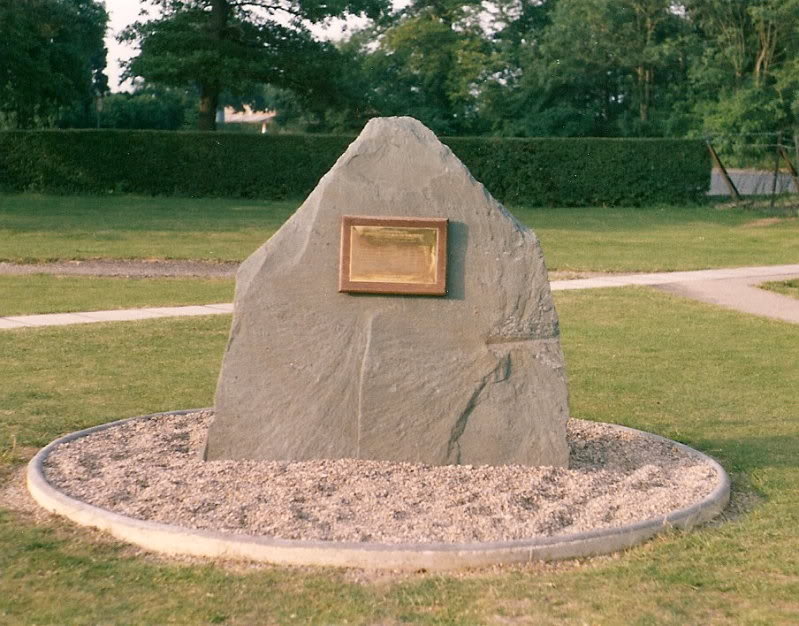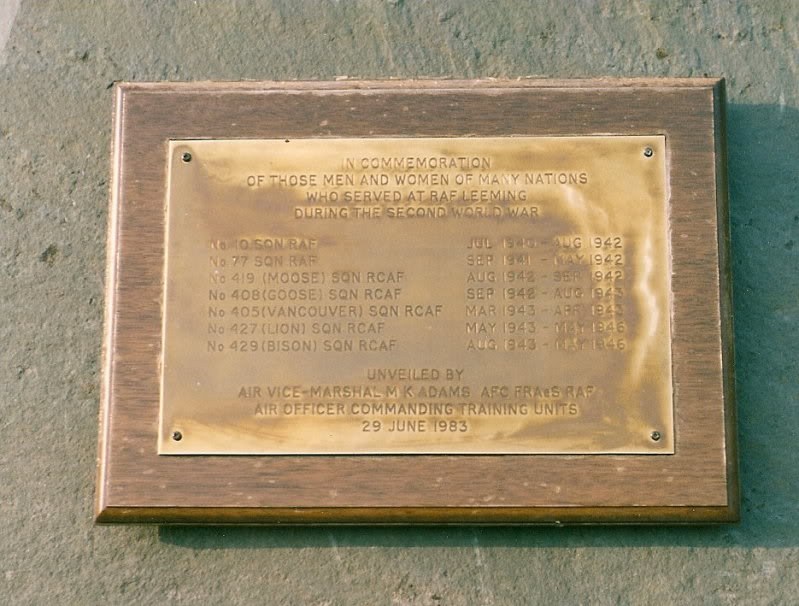O'Heare, Robert Ernest
Personal Information
| Rank | F/O |
| Forename(s) | Robert Ernest |
| Surname | O'Heare |
| Gender | M |
| Age | 22 |
| Date of Death | 18-03-1944 |
| Next of Kin | Son of Edward and Josephine O'Heare, of Ottawa, Ontario, Canada. |
Aircraft Information
| Aircraft | Handley Page Halifax III |
| Serial Number | HX279 |
| Markings | ZL-Z |
Memorial Information
| Burial/Memorial Country | France |
| Burial/Memorial Place | Choloy War Cemetery |
| Grave Reference | 1. J. 2 (Coll.) |
| Epitaph | MAY HIS SOUL REST IN PEACE |
IBCC Memorial Information
| Phase | 2 |
| Panel Number | 220 |
Enlistment Information
| Service Number | J/26856 |
| Service | Royal Canadian Air Force |
| Group | 6 |
| Squadron | 427 (Lion) |
| Squadron Motto | Ferte manus certas (Strike sure) |
| Trade | WOp/AG |
| Country of Origin | Canada |
Other Memorials
| Location | Roman Rd, Leeming, North Yorkshire |
| Country | United Kingdom |
| Memorial Type | Brass plaque set into a stone plinth into which is carved with the Canadian maple leaf and the Yorkshire rose. |
| Memorial Text | This memorial is dedicated to those men and women who served at RAF Leeming during World War II, including those from the Royal Canadian Air Force Squadrons, whose members came from all parts of the Commonwealth from 1942 to 1945; 405 Vancouver, 408 Goose |
| Location | Opposite old Main Guardroom, RAF Leeming, North Yorkshire |
| Country | United Kingdom |
| Memorial Type | Stone Memorial & Metal Plaques |
| Memorial Text | In commemoration of those men and women of many nations who served at RAF Leeming during the second world war. |
Commonwealth War Graves Commission
The National Archives
| Record of Events (Operational Record Book) AIR 27/1846/6 |
| Summary of Events (Operational Record Book) AIR 27/1846/5 |
Fellow Servicemen
Please note that this list gives all the losses aboard the quoted aircraft and occasionally these may have occurred on an earlier date when the aircraft was not itself lost. Please check the dates of death carefully.
Last Operation Information
| Start Date | 18-03-1944 |
| End Date | 19-03-1944 |
| Takeoff Station | Leeming |
| Day/Night Raid | Night (37% moon) |
| Operation | Frankfurt. 846 aircraft, 22 losses (2.6%). The German controller split the fighters- half went to the diversionary raid at Heligoland and the others met the Frankfurt bomber stream, although cloud preventing them making much of an impact. PFF marking was accurate leading to heavy bombing in central, eastern and western districts. Later bombing was scattered, but this was normal for such a large force due to creepback and also the fact that inexperienced bomber crews were placed at the back of the stream. Lots of cultural buildings were destroyed along with around 5500 houses, 99 industrial premises and 56 public buildings. 421 civilians killed and 55500 bombed out |



